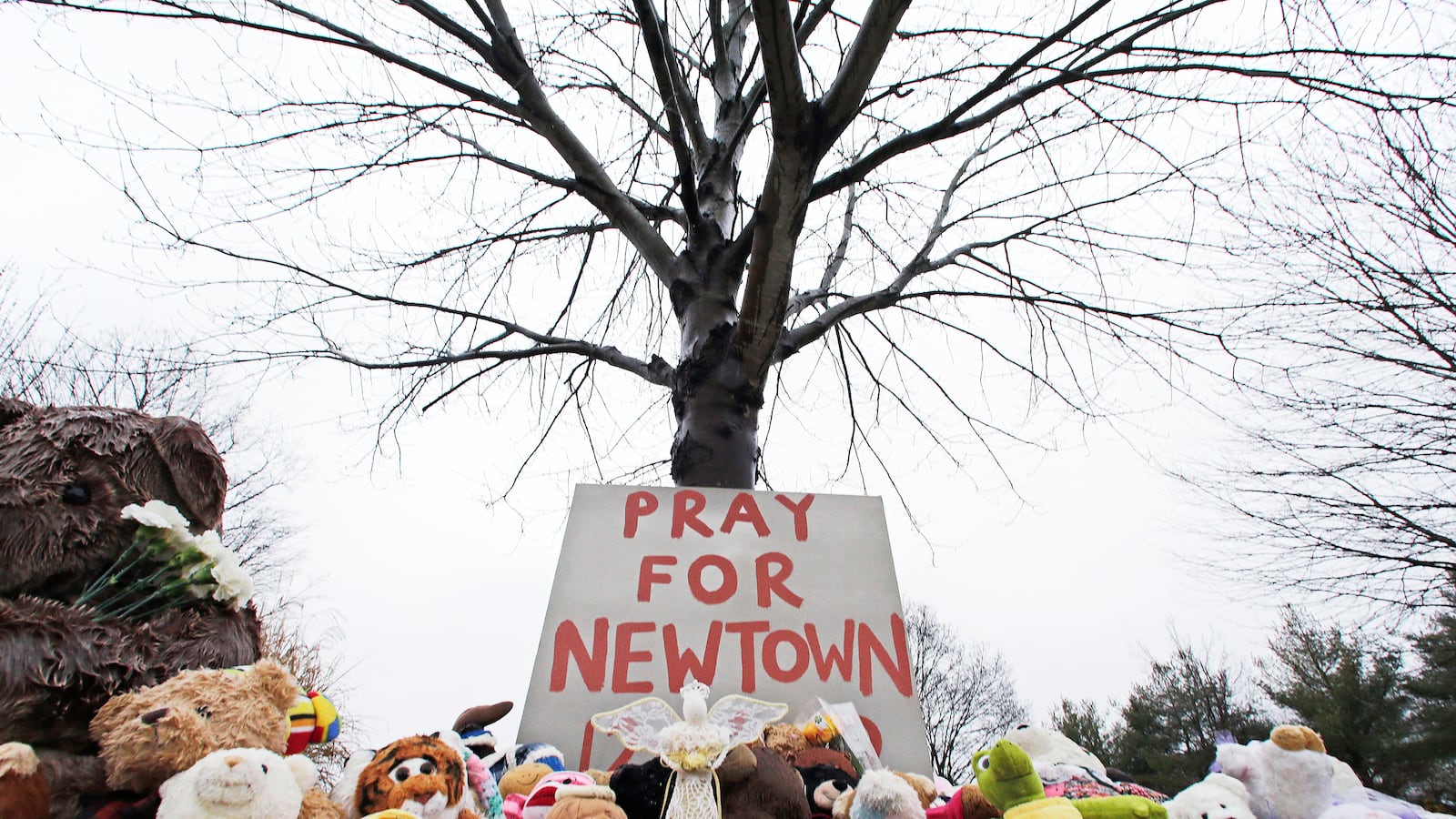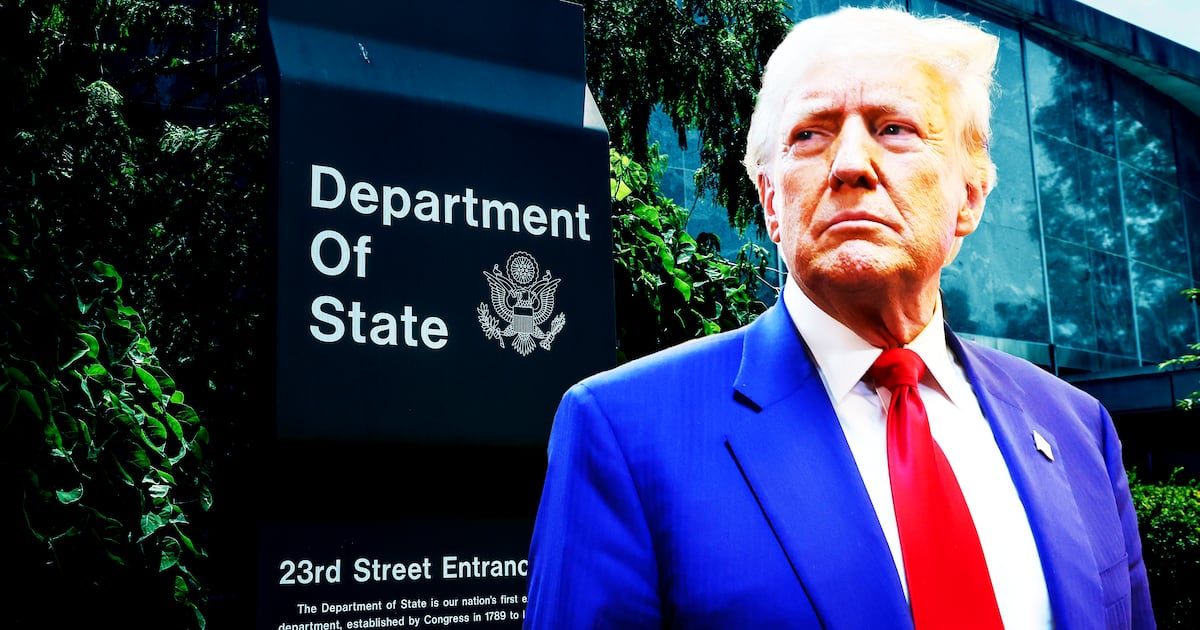Driving through the streets of Washington on the way to teach her pre-kindergarten class Monday, Aimee Manning heard a story on the radio about the Newtown shootings.

“I was listening to NPR with tears streaming down my face,” says Manning, who teaches 4- and 5-year-olds. “I said to myself, ‘You have to pull yourself together. You have to pull it together.’”
No one is feeling the strain of trying to normalize life more today than teachers, who as they walk in the front door of their schools have to remember how 27-year-old Victoria Soto died on Friday in Newtown. She hid her students in cabinets and a closet and told her killer they were at the gym. He gunned her down and left to find more victims. The children are alive to tell about it.
Every parent, including me, has been agonizing over how our schools can be made safer. We can no longer get on an airplane without taking off our shoes and packing tiny tubes of toothpaste; should Newtown be to school safety what 9/11 was to airline travel? Is it even possible?
Think about the implications: whether gun laws are tightened or not, you would need armed guards at every school entrance in case an intruder tries to shoot his way in. You would need metal detectors in case a disgruntled student tried to smuggle in a weapon. We could make our schools safer by taking drastic measures. But at what price? Would we be robbing our children of their innocence by turning their places of learning into an armed camp?
Tom Fuentes, a former FBI agent, tells me that not only would the armed guards need to be at the entrance; they would have to be “gun ready” for their presence to dissuade an armed intruder. “That’s what the kids would be seeing every day.” Not a pleasant thought.
Ron Stevens, executive director of the nonprofit National School Safety Center, which provides training for school crime prevention, agrees the premise is faulty.
"Every time one of these shootings takes place there is a huge outcry,” he says. “But you can never anticipate the creativity and the lack of compassion that is facilitated by the shooter.”
Despite the efforts of the safety center—created in 1984 by Ronald Reagan as a joint program between the Education and Justice departments—federal education officials have currently awarded only two grants to help schools recover from and prepare for attacks. It’s a woefully inadequate attempt to keep schools safe from violent or traumatic events like those in the Connecticut community of Newtown.
The two that are being funded by the department involve training teachers and staff on emergency management and how to communicate with law enforcement and parents when “the learning environment has been disrupted.” Not a word about how to keep the bad guys out.
Stevens, who has been working on school safety for 28 years, says kids are safer in schools than they are in their own homes (a fact that is hard to believe after the recent events). The safest schools limit entry points to the school, and screen visitors, with some even asking for a driver’s license so the staff can run a background check.
“The research suggests that despite all of the high-end strategies out there,” Stevens says, “the most effective thing is having an active adult keeping an eye on things.”
The real question is: can schools provide that support? With the amount of public-school funding being cut in recent years, budgets in most states are strained and class sizes are growing. How much money is a debt-laden federal government willing to commit to guard against the occasional lunatic with access to automatic weapons?
The teachers’ lobby has a different focus. Kim Anderson, director of the National Education Association’s center for advocacy and outreach, says the organization will renew its call to ban assault weapons and high-capacity magazines. At the same time, “we really dramatically need to increase funding for school counselors and psychologists, and health-care centers should be required to offer mental-health services.
“What we saw in Connecticut wasn’t a lack of school safety and security, it was the case of someone who was mentally ill who forced himself in. This is clearly an instance where a focus on mental health and getting these weapons of war out of a person’s hands is the most pressing need.”
In a public-school survey on crime and safety by the National Center for Education Statistics, only a third of the schools had an electronic notification for a school-wide emergency. Eighty-four percent of high schools, 73 percent of middle schools, and only half of elementary schools use security cameras to monitor what goes on inside—with the youngest students being afforded the least protection.
When it comes to metal detectors, 11 percent of low-income schools report conducting random metal-detector checks on students, compared with 1 percent of low-poverty schools. Schools across the country are now reassessing security procedures and considering adding interior locks on classroom doors or adding fences and gates.
But all the gadgets and gizmos in the world couldn’t have stopped what happened in Newtown.
Instead of waiting for the slow wheels of government to turn, maybe it’s time for the mothers of America to get mad. They could, for example, demand stricter gun laws; demand tighter security at all schools, and advocate for more mental-health clinics.
We can’t build fortresses around our babies, but we can galvanize. It worked for Mothers Against Drunk Driving, which was founded in 1980 by a mom whose daughter was killed by a repeat offender and it grew into an effective force that helped enact new laws and raise the drinking age to 21.
Fifty million angry moms can change the world when they put their minds to it.






